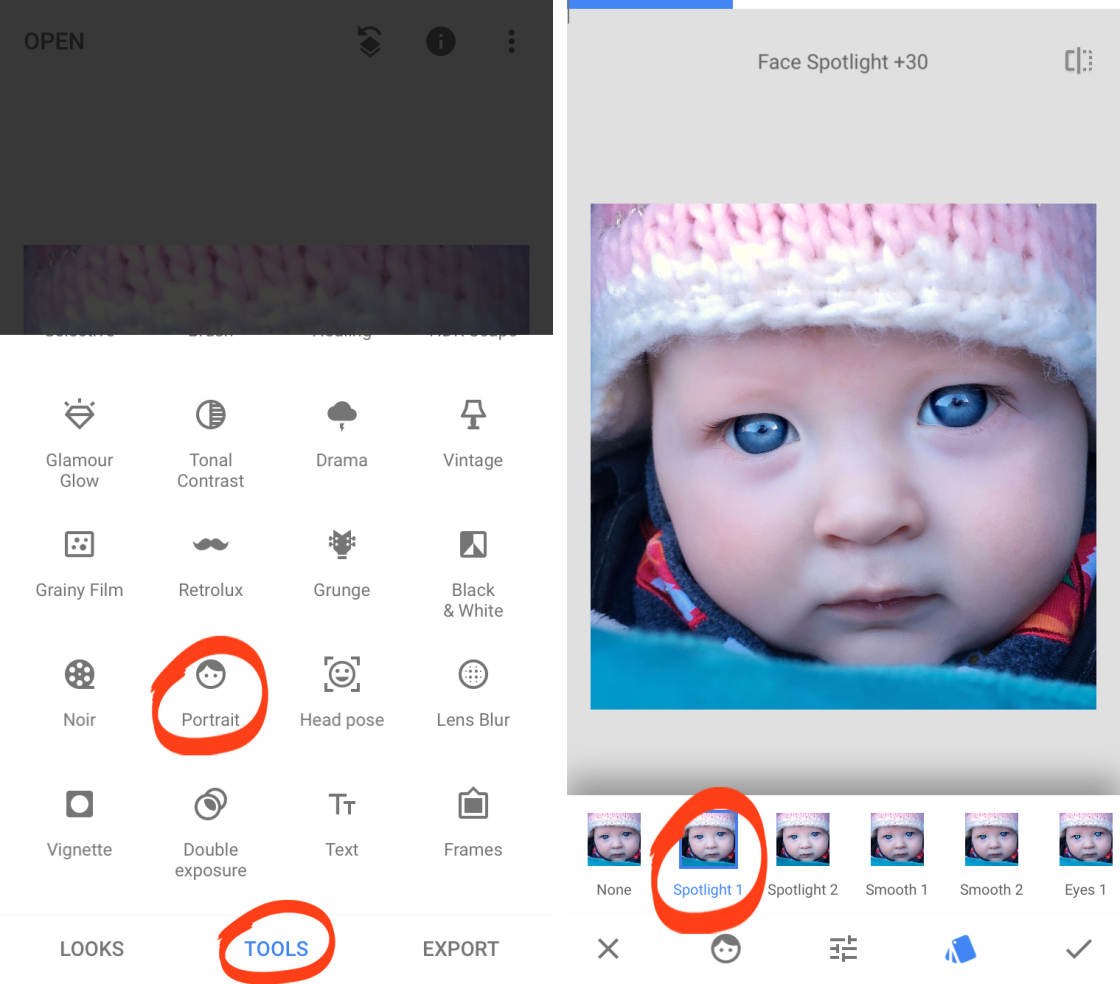
Also called an umbrella light or soft box, it’s basically just a high-quality light bulb with a professional-grade diffuser that expands the footprint of the light source from a few centimeters to a few feet.

You can also borrow a trick from photographers, and add a “soft light” to your home office lighting setup. Consider switching to “white light” or “bright daylight” LED bulbs, which can throw 2550 lumens (the equivalent of up to 200 watts) around the room. The kind of light you use in your home office can also have a dramatic impact on your Zoom face.

There’s probably ample overhead lighting and, if you’re lucky, a window or two. If you’ve spent most of your professional life in a regular office, you’ve probably become accustomed to working in rooms that are optimized by space planners and interior designers, specifically for people looking at digital screens for nine hours a day (sorry). And that’s why one of the most foolproof ways to reduce glare on glasses is to simply make the whole room brighter. Think about it this way: if your computer screen is the only source of light-or the brightest source, at least-in the room, it’s going to cause a reflection in your glasses. It’s funny how long we’ll live with a problem that’s a pretty quick fix. How to stop monitor glare on glasses with brighter home office lighting.You’re brilliant enough, okay? Here’s how to stop computer glare on glasses -three easy ways. And those of us who wear reading glasses? We’re just trying not to blind everyone with monitor glare. But after a few hours of online meetings, we’re pretty much inspecting those bags like a TSA agent. We’re grown-ups, so we don’t want to care about looking good on Microsoft Teams. But let’s just say there are those among us who, even though we’re quite comfy in our own skin, maybe don’t love staring at our own faces quite as much as we’ve had to, of late. Listen, we’re not ones to fiddle with our Zoom video filters until we’ve got a hazy Cybill-Shepherd-in- Moonlighting thing going on.


 0 kommentar(er)
0 kommentar(er)
